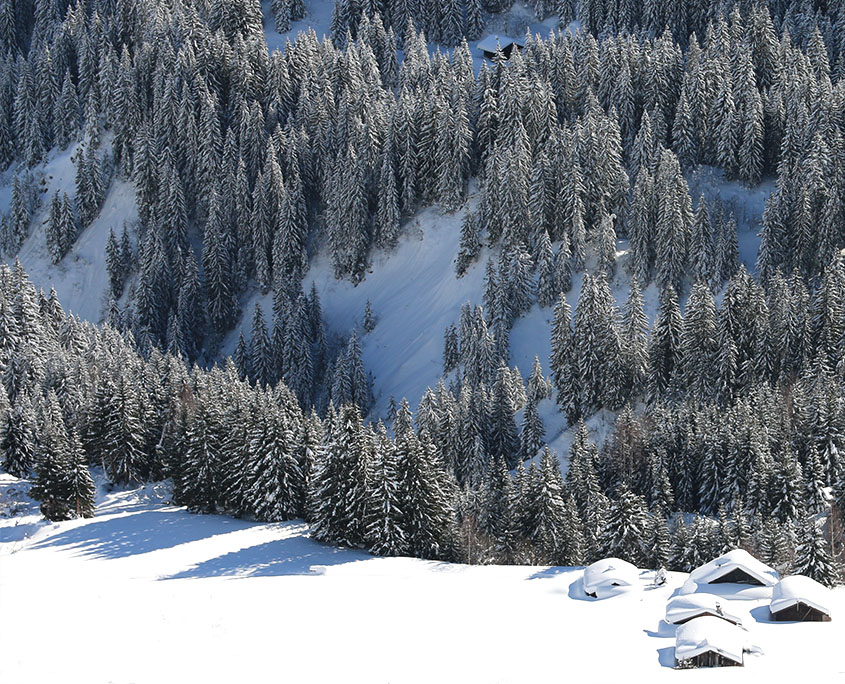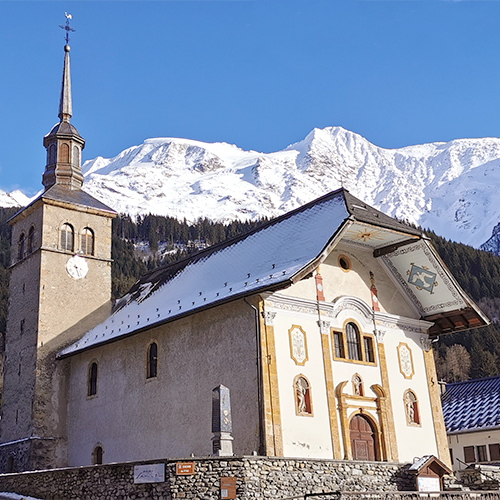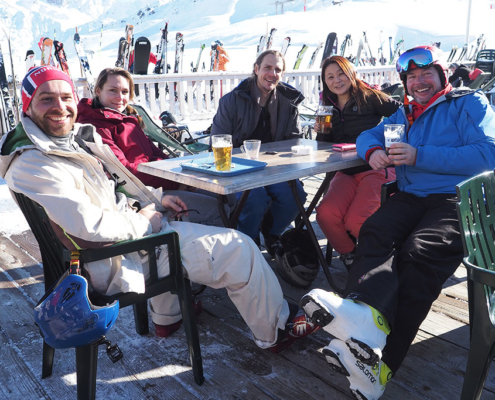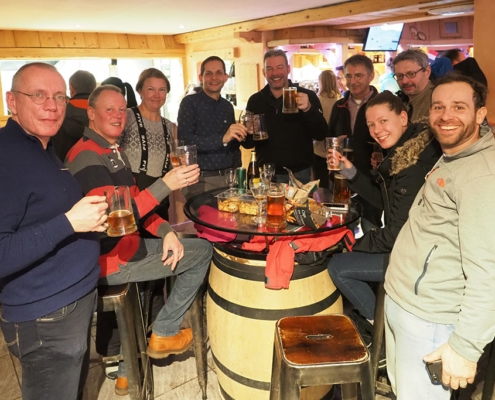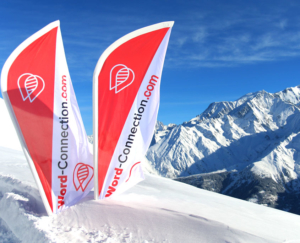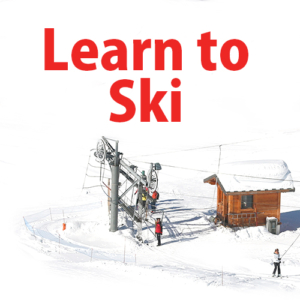
EVERYTHING YOU NEED TO KNOW
No sport can rival skiing for the combination of stunning scenery and exhilaration.
Whether you are an expert skier who loves to rocket down the pistes at warp speeds or a tentative beginner refining your turns, there’s much to enjoy. But danger lurks around every corner.
The mountainous terrain, changeable weather, high speeds and the behaviour of others all pose threats to your safety.
Here’s how to remain safe at Les Contamines, both on and off the pistes.









